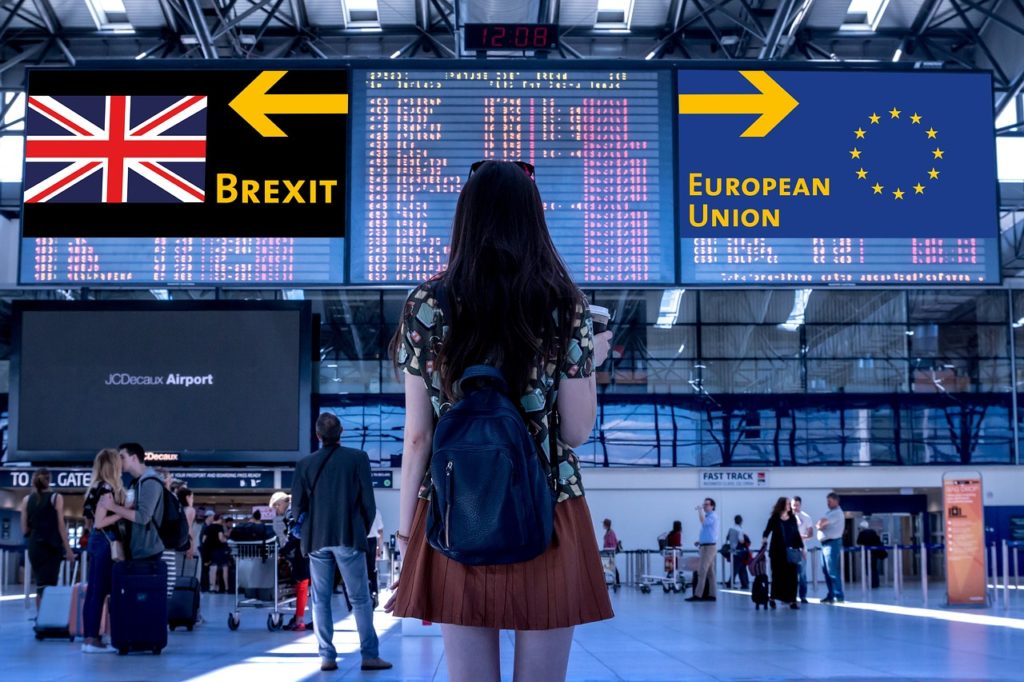
The Coronavirus pandemic has affected the people’s way of living. It has also affected the economy and the way people travel. People avoid social gatherings to reduce the spread of the virus. Not that only, many countries have shut their borders to non-essential travels. Summer is almost here and it doesn’t seem like the coronavirus pandemic will go away any time soon. Recreations, travels and tourism this year will be quite different from what it used to be before now. Travel bubble may be the new future of travel.
Travel and Tourism in 2019 and Now
In 2019, Travel and Tourism contributed US$8.9 trillion to the world’s GDP according to World Travel and Tourism Council. (WTTC represents the global private sector of Travel and Tourism). This was 10.9 per cent of the global GDP. The Travel and Tourism industry also accounted for 330 million jobs in the world. This means, in 2019, one out of every 10 jobs in the world is from the Travel and Tourism industry. The Coronavirus pandemic has crippled the Travel and Tourism leading to a sharp fall in the number of international tourists. The pandemic could lead to 60 – 80 per cent annual decline when compared with 2019 as estimated by experts.
Between 10 – 20 per cent of the GDP of Thailand, the Philippines, Mexico, Spain, Italy, Turkey, Australia, China, Germany, the United Kingdom and Argentina come from Travel and Tourism. The Coronavirus pandemic has changed how we interacted with each other. Things we touch, how we go out and what we go out to do are also affected. With the world on lockdown, it will be hard for the Travel and Tourism industries in also countries. Some of the EU countries have begun to allow travels from countries with a low number of Coronavirus cases. People who embark on international travels at this period are mandated to go through a 14-day self-isolation in some countries. And this applies to citizens of the countries coming home, not a tourist or traveller coming in to have fun.
Travel Bubble: The New Deal
Countries that rely heavily on tourism are looking for ways to salvage the situation by introducing travel bubbles. What does travel bubbles mean? It simply means some countries agreed to open their international borders to allow their citizens to travel between them. The border still remains closed to other countries not in the travel bubble. Other names given to travel bubble are “travel bridges” and “corona corridors”. Travelling can go on within countries in the travel bubble without the waiting period. The aim of this is to connect travel among countries who performed well in managing the spread of the virus. Other countries may be allowed to travel in but may have to go through a 14-day self-isolation.
Effect on Travel and Tourism
The Travel bubble will help to revive the travel and tourism industry. Although it is not the expected recovery, it will go some way to help countries that rely on international tourism. As countries begin to form bubbles, international travels will gradually begin to take shape and tourists and travellers get to see places they long for.
Countries with Travel Bubble Agreement

The Baltic states, that is, Estonia, Latvia and Lithuania were the first to introduce the travel bubble since the Coronavirus pandemic caused international travel lockdown. They have agreed on a travel bubble allowing citizens of the three Baltic states to travel freely through their borders. Other travellers from outside the Baltic states will be required to go through a 14-day self-isolation.
Australia and New Zealand have been able to manage the Coronavirus pandemic and have agreed on a travel bubble deal. According to Chris Roberts, chief executive of New Zealand’s tourist board Tourism Industry Aotearoa “If New Zealand and Australia can show this can work, then it is likely to be adopted elsewhere. It could be 12-18 months before we return to open borders.” It is still a trial to see how things will turn out. If things turn out well, the bubble may be extended to include other countries who have efficiently managed the Coronavirus pandemic. New Zealand may look at opening international borders to other members of the Pacific Island forums, Taiwan, Hongkong, China and South Korea.
Travel Bubble in the EU
In June, France plans to open borders to Germany and Switzerland; Germany plans to reopen borders to Austria, France and Switzerland; Switzerland plans to reopen borders to Austria, France and Germany. The EU countries will gradually open their borders to allow travel within the Schengen areas. Some other countries may have to go on self -isolation on arrival or they enter a travel bubble agreement. As for the USA, the rate of spread is worrisome and it is not certain that a travel bubble deal will happen any time soon with them.
It is still early to say if the travel bubble is going to be the saviour of the Travel and Tourism industry. How this turns out will determine whether it is a step in the right direction or not. Other nations will join the train if it leads to somewhere glorious for the tourism

Pingback: Covid-19: When Can Planes Fly Again? - EU Traverse
Pingback: Vacation in Europe During COVID-19 Era - EU Traverse